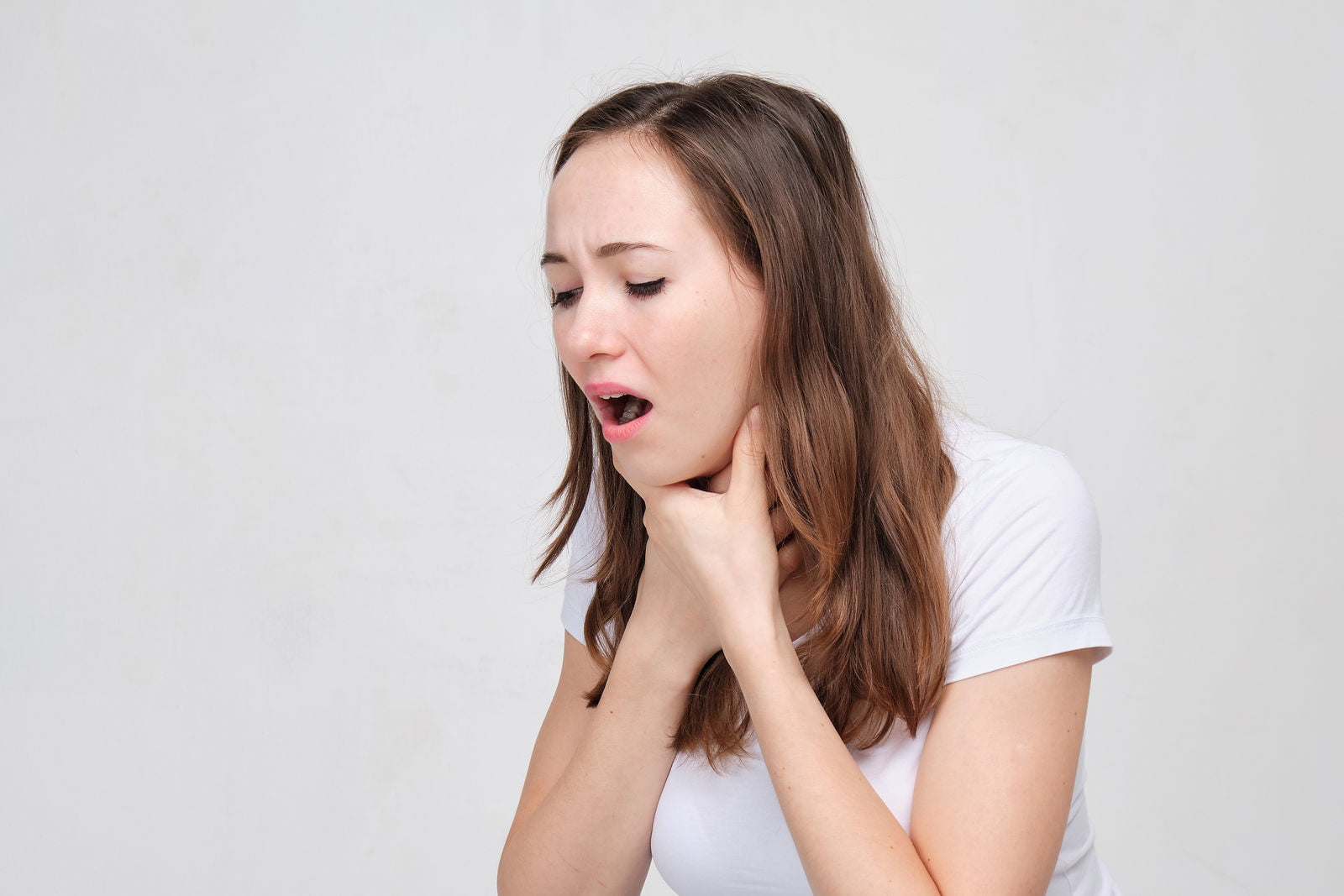Choking, Ingestion & Suffocation Hazard Testing
In the realm of toy testing, ensuring that products are safe and free from choking, ingestion, and suffocation hazards is a paramount concern. This section delves into the intricate process of identifying potential risks associated with these hazards, the methodologies employed in testing, and the standards that guide this critical work.
Choking hazards can be particularly dangerous for young children who are still developing their fine motor skills and hand-eye coordination. Toys or parts thereof that can fit entirely into a child's mouth pose significant risks. The concept of "small parts" is crucial in this context, as defined by standards such as ASTM F963-17a, which specifies the maximum dimensions for small parts that could potentially cause choking.
For ingestion hazards, testing focuses on materials and components that might be swallowed accidentally. This includes examining paint, coatings, and any other substances that could pose a risk if ingested by children. The toy industry adheres to stringent regulations like EN 71-2:2019 and ASTM F963-17a, which set limits on the use of certain chemicals and require specific tests for both small parts and materials.
Suffocation hazards are addressed by testing toys that could potentially obstruct a child's airway. This includes plush toys with stuffing or stuffed animals where stuffing can come loose and be inhaled. The testing process involves replicating real-world scenarios to ensure the toy does not pose a risk under normal use.
Instrumentation plays a vital role in these tests, utilizing specialized equipment designed to simulate various choking, ingestion, and suffocation situations. This includes choke test cylinders and ingestion test boxes that are calibrated according to international standards such as ASTM F963-17a and EN 71:2019.
The testing process begins with thorough specimen preparation, which involves inspecting each toy for any small parts or detachable components. Once prepared, the specimens undergo rigorous testing using choke test cylinders to determine if they can fit into the designated cylinder sizes that represent a child's airway. Similarly, ingestion tests are conducted using standardized boxes filled with various-sized objects to see if the toys meet the criteria set by regulatory bodies.
The acceptance criteria for these tests are based on international standards such as ASTM F963-17a and EN 71:2019. These standards outline specific dimensions and materials that are deemed safe for children of various age groups. Compliance with these standards ensures that toys meet the necessary safety requirements, thereby protecting consumers from potential hazards.
Industry Applications:
- Manufacturers ensuring compliance with international toy safety regulations
- Retailers verifying product safety before listing them in their inventory
- R&D teams developing new toys that meet all safety standards
- Procurement departments sourcing materials and components from suppliers who adhere to these standards
Environmental and Sustainability Contributions:
- Reduction in waste through careful design and material selection
- Promotion of recycling and sustainable manufacturing practices
- Minimization of hazardous substances used in toy production
Applied Standards
The toy industry relies on a variety of international standards to ensure the safety and quality of products. The most widely recognized set of standards is ASTM F963-17a, which covers all aspects of toy safety, including choking, ingestion, and suffocation hazards. This standard provides detailed guidelines for manufacturers to follow in order to produce toys that are safe for children.
EN 71:2019 also plays a crucial role in ensuring the safety of toys by setting limits on harmful substances such as lead, cadmium, and other heavy metals. It specifies testing procedures for small parts and materials to ensure they meet the required safety standards.
In addition to these general standards, specific tests are conducted for choking hazards using choke test cylinders. These tests assess whether any component of the toy can fit into a cylinder that simulates an airway, thus identifying potential choking risks.
Industry Applications
- Manufacturers ensuring compliance with international toy safety regulations
- Retailers verifying product safety before listing them in their inventory
- R&D teams developing new toys that meet all safety standards
- Procurement departments sourcing materials and components from suppliers who adhere to these standards
Environmental and Sustainability Contributions
The focus on choking, ingestion, and suffocation hazards in toy testing is not only about protecting children's safety but also about promoting sustainable practices within the industry. By adhering to rigorous standards like ASTM F963-17a and EN 71:2019, manufacturers are encouraged to use safer materials and design toys that can be easily recycled at the end of their lifecycle.
Testing for these hazards also promotes the reduction of waste by ensuring that toys are designed with longevity in mind. This approach minimizes the need for frequent replacements, thus reducing environmental impact. Additionally, the emphasis on safe substances reduces the likelihood of toxic materials ending up in landfills or water systems.





